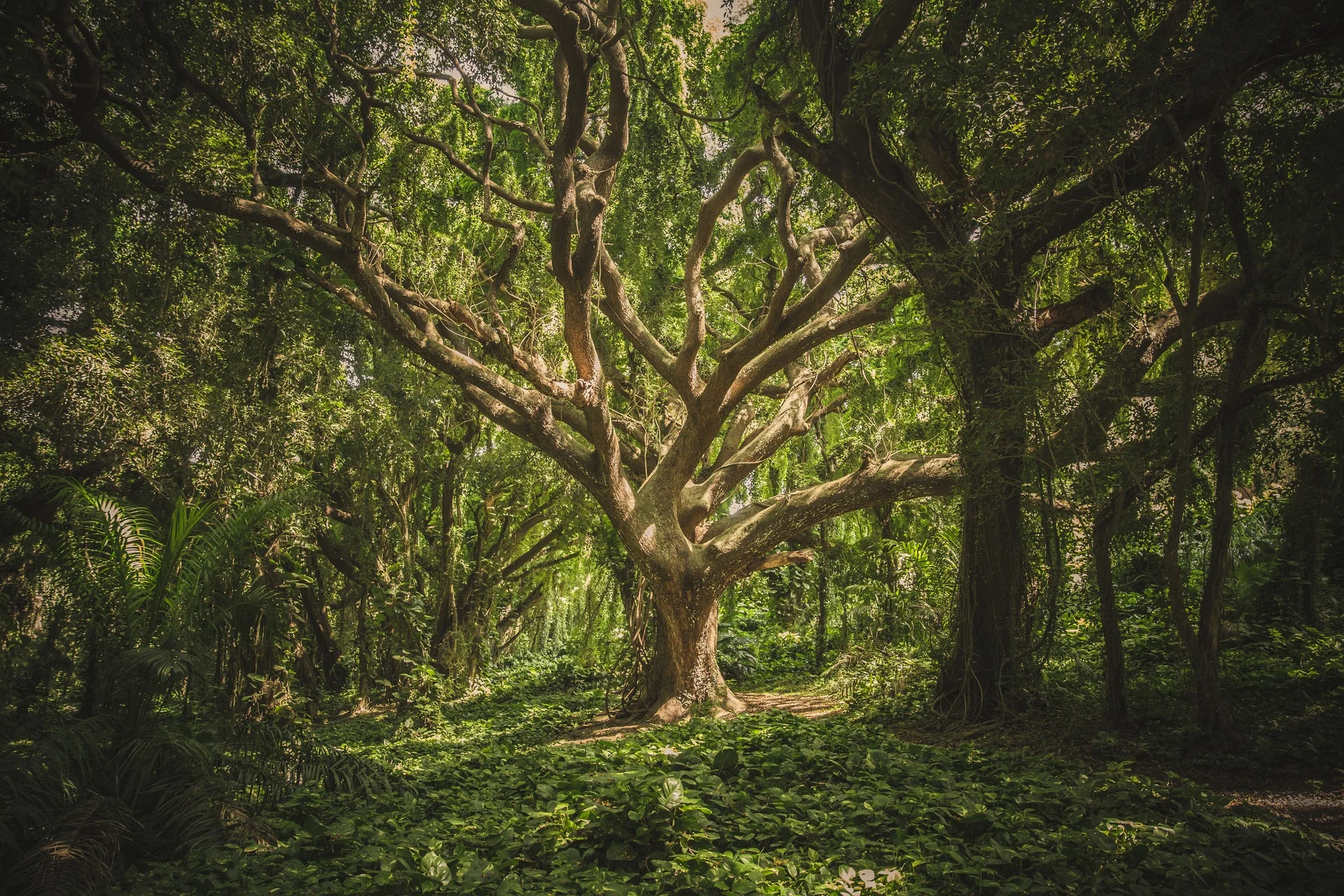Explore how ketamine therapy can catalyze the formation of beneficial habits and the elimination of negative ones. This blog delves into practical strategies for leveraging neuroplasticity post-therapy to create lasting positive changes in your life.
Ketamine: A New Way To Change Your Mind Blog
Ketamine Therapy For Mental Health With Dr. Ko: A Podcast Excerpt
Set An Intention For Your Ketamine Infusion Journey
Ketamine And Its Neuroplastic Effect On The Brain
Ketamine's Impact on Brain-Derived Neurotrophic Factor (BDNF)
According to the World Health Organization, depression has now surpassed HIV, AIDS, malaria, diabetes, and war as the leading cause of disability. Current antidepressants may take weeks to months to be effective. Unfortunately, one-third of patients are still unresponsive, and are called “treatment-resistant.” However, there are other options available.
Ketamine Infusions for Obsessive-Compulsive Disorder (OCD)
Obsessive-compulsive disorder (OCD) is a chronic condition affecting 1 in 40 adults and 1 in 100 children in the United States. This disorder is characterized by intrusive, repetitive thoughts and behaviors. Interfering with work, interpersonal relationships, and in general, patients’ enjoyment of life, OCD can have a devastating effect due to its debilitating nature. The only FDA approved treatment for OCD are serotonin reuptake inhibitors (SRIs), but the effects of these are limited. Meaningful improvement can take up to 6 to 10 weeks and symptom relief is limited. To find a better way to treat this disorder, researchers at Columbia University conducted a study involving ketamine infusions.
Ketamine and Postpartum Depression
She doesn’t want to get out of bed, she’s not the woman you knew, worse off she doesn’t want to hold her new baby. She is your wife, girlfriend, sister, or daughter. She is a new mother, and she has postpartum depression (PPD). She knows something is off, but she is so deep in the weeds she doesn’t know where to begin.
Ketamine As A Catalyst
How Ketamine Makes Your Brain “Re-Grow”
Imagine a lush green forest, filled with many trees with numerous branches. Now, imagine the opposite. The same trees, but instead brown and with branches falling off. These trees are now dying out. This forest is now sparse due to repeated fires, harsh weather, and pollution. The forest is functioning below what it could, and producing less oxygen and food for the creatures it protects.










